- - Do Hair Transplants Leave Scars?
- - Scar Concealment Options After Hair Transplant
- - Advanced Tricho Pigmentation (ATP) Solution for Scars
- - FAQs about hair transplant scars
Do Hair Transplants Leave Scars?
Yes, hair transplant scars are a common concern, but modern techniques help reduce their visibility. FUT (Follicular Unit Transplantation) leaves a single linear scar at the donor area, while FUE (Follicular Unit Extraction) causes tiny, dot-like scars that are less noticeable. With proper technique and aftercare, most scars fade over time and are easily hidden by surrounding hair.
Most patients are concerned about the scarring resulting from a hair transplant. Fortunately, the techniques of hair transplantation have come a long way since the first procedure was performed by Dr. Norman Orentreich in 1952. However, despite radical improvements in surgical techniques and wound closure practices, some degree of scarring is still an unavoidable outcome.
This article has all the info you need on post-transplant scarring, including whether scars can be removed and how to make sure your hair grows back for decades.
Scar Concealment Options After Hair Transplant
As with most patients, the decision about which type of transplantation you choose will depend on a number of factors. These factors include:
- How much hair you're losing
- How much healthy donor hair is left on your scalp
- How much of your scalp is affected (bald/thinning areas)
- How much will the operation cost
You should also think about scarring when you're making your decision. If you’re worried about how visible scars might affect your satisfaction with the results, make sure you discuss this thoroughly before the procedure.
In addition, the type of hair transplant you have will affect the size and shape of the scar caused by the surgery:
Scars from FUT Hair Transplant
Follicular Unit Transplantation (FUT for short) is the technical name for a hair transplant procedure sometimes called ‘the strip method’ or ‘strip surgery’. It's done by removing a small strip of skin from the back of your scalp. This area is called the donor site. Once your surgeon has removed the strip of tissue, they'll stitch it closed.
Next, your surgeon will use a technique called stereo-microscopic dissection to remove the hair follicles from the extracted strip of skin. The hair follicles are then put into the balding areas of the scalp, where they'll start producing new hair.
However, the surgeons at Turkey Luxury Clinics are experienced and will make sure they don't remove too many hair follicles from the donor site. This will ensure that enough hair grows back in this area, which will allow the scars to be concealed by the surrounding hair.
Once everything has healed up nicely, the stitches that were put in place to seal up the donor site will be removed. This should happen after about 10 to 14 days, and it will create a thin, linear scar. The length of the scar depends on the size of the strip of tissue that was removed. But don't worry, in most cases, the scar is small enough to cover it with the hair that surrounds it.
Scars from FUE Hair Transplant:
FUE stands for Follicular Unit Extraction, which is a great technique that we use to help you achieve the look you want! FUE is a bit different from FUT. With FUE, no skin is removed from the donor site. Instead, the donor site is given a quick shave, and the hair follicles are carefully cut out one by one.
This involves the use of an instrument called a micro-punch, and a local anesthetic is used during this process to reduce pain as much as possible. The hair follicles are then carefully transferred one by one to the balding regions of the head.
The micro-punch used to extract hair follicles from the donor site leaves behind small, round scars on your skin, surrounding each extracted hair follicle. These scars are no larger than one millimeter in diameter, though there might be several of them, depending on the number of hair follicles transplanted during the procedure.
Advanced Tricho Pigmentation (ATP) Solution for Scars
Advanced Tricho Pigmentation, or ATP, is a treatment that can help you hide scars by making them look like hair on your skin. The treatment is similar to a tattoo in that natural pigments are applied to the scalp to change the color and imitate the look and shape of natural hair.
Sometimes, people use ATP to treat balding or thinning hair. It can darken balding regions of the head and thicken patchy areas of the scalp. It can also be used to treat a receding hairline by building up and thickening the hair at the front.
At last, hair transplants are now a routine procedure that thousands of men and women undergo every year. At Turkey Luxury Clinics, we guarantee the best quality for the best results.
FAQs about hair transplant scars
- Do hair transplant scars go away?
Hair transplant scars do not disappear completely, but they usually fade significantly over time, especially with proper aftercare. FUE scars, though permanent, are small and dot-like, making them barely visible.
FUT scars may remain more noticeable but can be softened using treatments like laser therapy or SMP.
- What happens 10 years after a hair transplant?
After 10 years, most transplanted hairs continue to grow naturally, since they are resistant to DHT—the hormone responsible for hair loss. However, some natural aging signs may occur, such as minor thinning or graying.
The transplanted hair remains permanent, but surrounding native hair may still recede.
- Is there any side effect of hair transplant?
Yes, like any surgical procedure, hair transplants carry potential side effects. These include:
- Bleeding or infection
- Allergic reaction to anesthesia (rare)
- Raised or itchy scars
- Temporary or, rarely, permanent numbness in the scalp
- Choosing a qualified and experienced surgeon helps minimize these risks.
- When does the donor area look normal after a hair transplant?
The donor area typically starts looking normal within 2 to 3 months after a hair transplant. Redness, scabbing, and slight swelling fade gradually, and by 12 months post-surgery, most patients see full healing and hair regrowth in the donor region, especially after FUE procedures.
- Does hair transplant leave scars?
The technologies and techniques currently available have undergone significant advancements from those used in the early days of hair replacement surgery. It should be noted, however, that scarring is an unavoidable consequence of hair transplants.
- Do hair transplant scars disappear?
While the latest technologies have markedly enhanced the success rate of hair transplants, the resulting scarring will be more pronounced as the scalp naturally sags with age. As we talked about earlier, it's the job of a skilled surgeon to harvest follicles carefully to leave no visible scars.
- How long will the scars remain on the scalp?
Scars resulting from FUE procedures are typically undetectable within a few weeks. It should be noted, however, that FUT leaves a large linear scar that will be visible for the rest of the patient's lifetime.
- Will the hair grow back after scarring?
Hair follicles are formed beneath the skin's surface, where they undergo a continuous growth cycle. For optimal development, functionality, and regeneration, these follicles require a sufficient supply of blood. It is not, however, possible for follicles to grow back in the event of scar tissue forming, and thus no hair will ever grow in such an area.
- Is it possible to transplant hair into scar tissue?
While transplanting hair into scar tissue is a viable option, the probability of successfully anchoring a hair follicle and stimulating growth after the recovery period is considerably diminished.
- What is the best way to fix hair transplant scars?
There are three main options for addressing scarring: scar revision surgery, micropigmentation, and laser therapy. The optimal approach is dependent on the size, location, and characteristics of the scar in question.

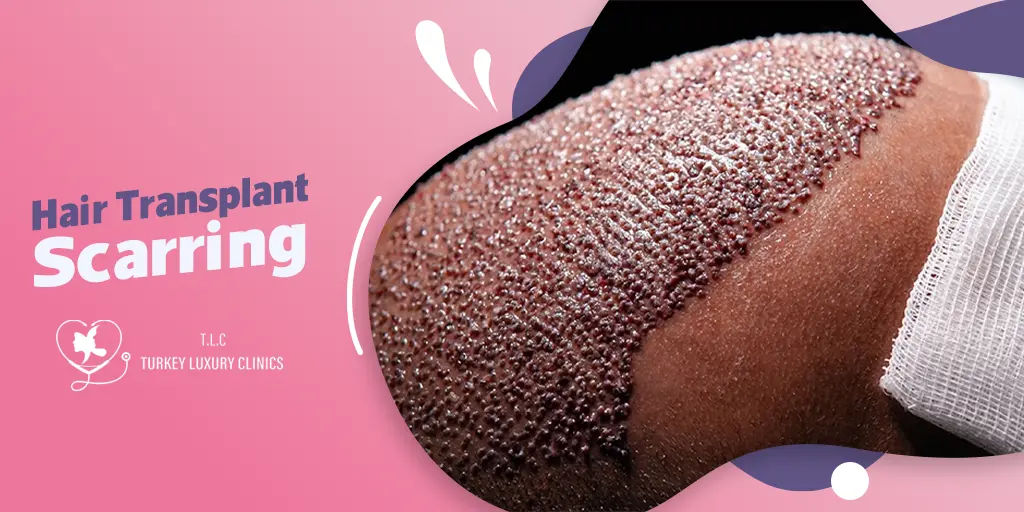





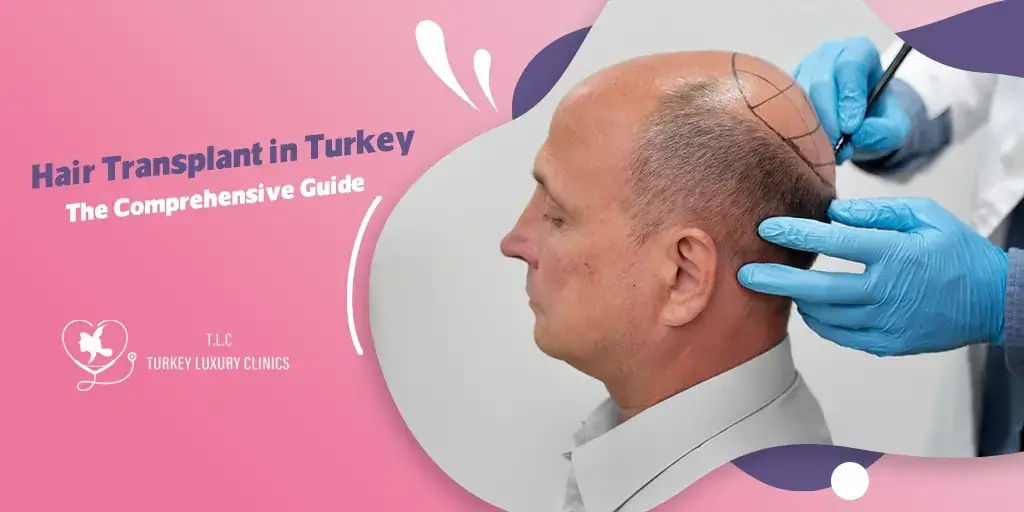
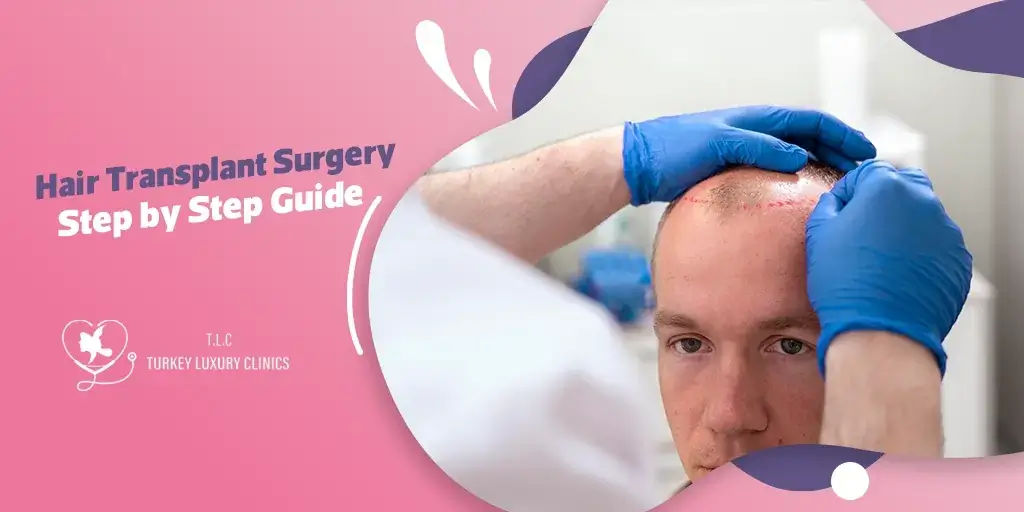
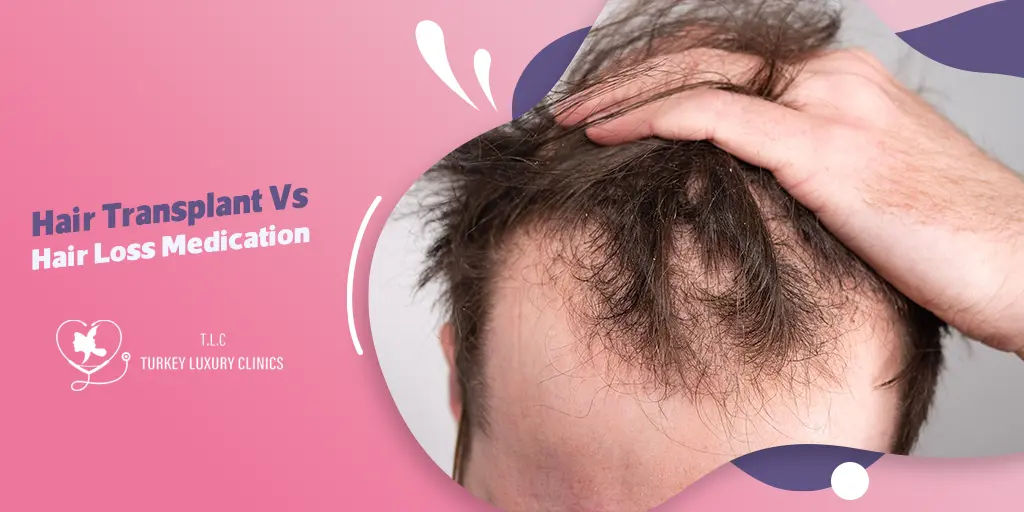
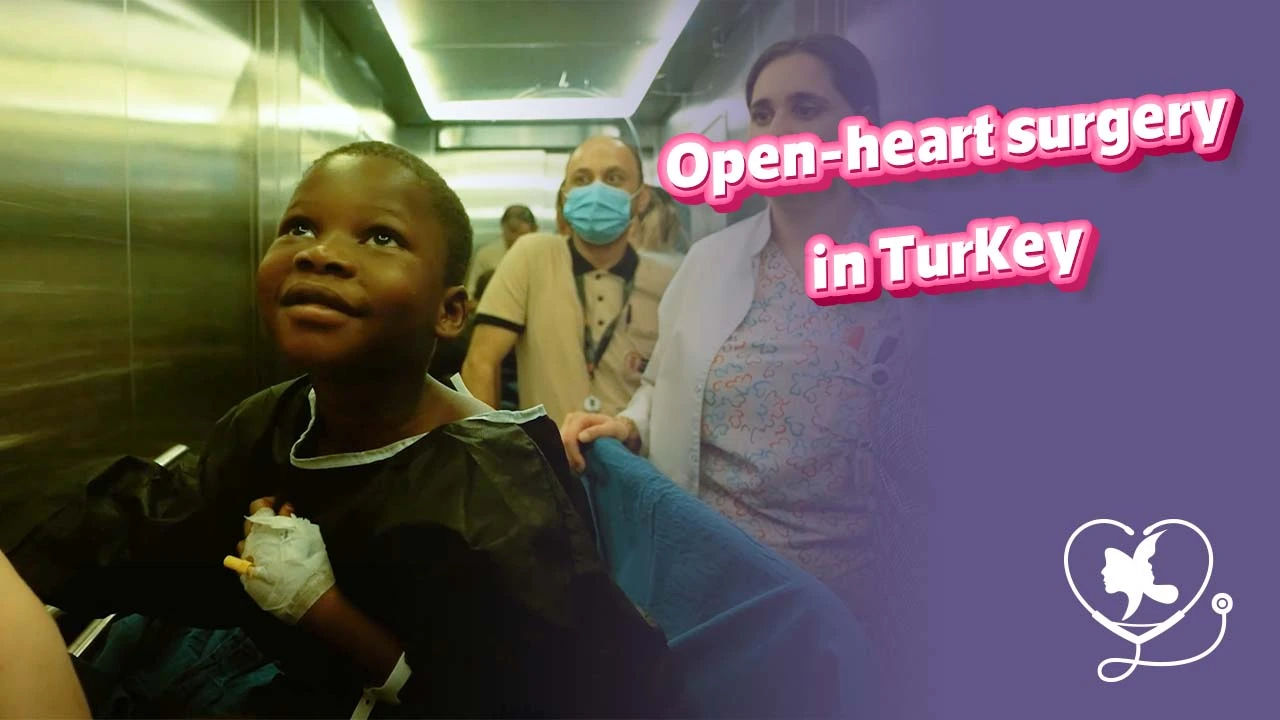


.webp)
.webp)
.webp)
.webp)

